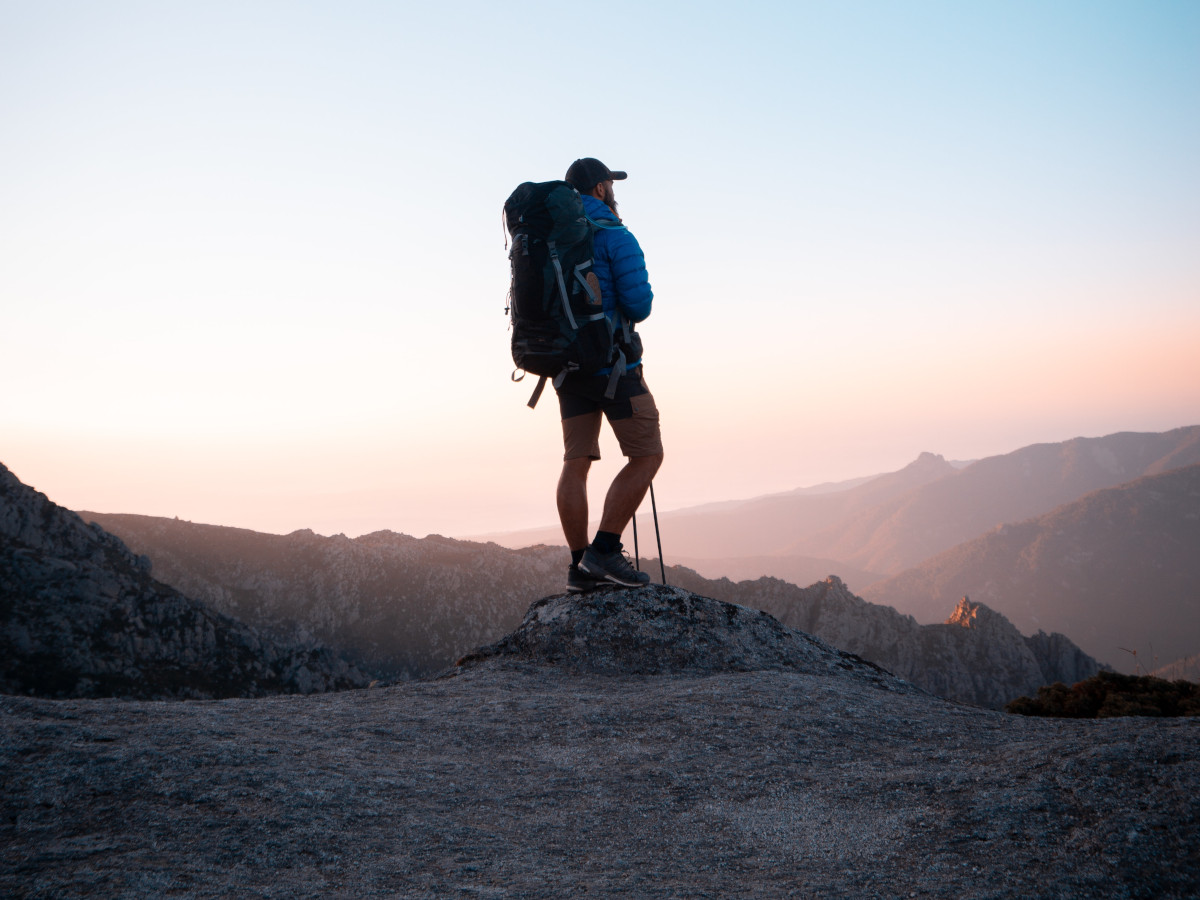How to Avoid Sunstroke During Your Trekking Trails in the Pyrenees

The Pyrenees is one of the most spectacular destinations for trekking enthusiasts. Its mountainous landscapes, valleys and glacial lakes offer an unforgettable experience. However, it is crucial to be well prepared to avoid sunstroke, especially during the summer months when temperatures can be quite high. Here are some practical tips to prevent sunstroke during your trekking trips in the Pyrenees.
Avoiding sunstroke during your trekking trips in the Pyrenees is essential to enjoy the experience without putting your health at risk. By following these tips you can significantly reduce the risk of sunstroke. Remember to always plan ahead, carry the right equipment and listen to your body - enjoy your Pyrenean adventure safely!
1. Stay Hydrated
Dehydration is one of the main causes of heat stroke. Make sure you carry enough water for the entire trek. A good rule of thumb is to drink at least one litre of water for every two hours of walking. Also, consider carrying isotonic drinks to help replenish electrolytes lost through sweat.
2. Wear Appropriate Clothing
Choose light-coloured, lightweight clothing that reflects the sun rather than absorbs it. Long sleeves and long trousers made of breathable materials can help protect your skin from the sun. Don't forget a wide-brimmed hat and sunglasses with UV protection.
3. Apply Sunscreen
Use a broad-spectrum sunscreen with a sun protection factor (SPF) of at least 30. Apply sunscreen 30 minutes before going outside and reapply every two hours, or more frequently if you're sweating a lot. Don't forget to apply sunscreen to often-overlooked areas, such as the ears, back of the neck and backs of the hands.
4. Plan your journeys
Try to schedule your walks for early morning or late afternoon, when temperatures are cooler and the sun is not at its strongest. Avoid walking between 12:00 and 16:00, as this is the hottest period of the day.
5. Take Breaks in the Shade
During your ride, take frequent breaks in shaded areas. This will not only allow you to recover from physical exertion, but also reduce your direct exposure to the sun. Use these breaks to drink water and eat something light to give you energy.
6. Know the Symptoms of Heat Stroke
It is essential that you know the symptoms of heatstroke so that you can act quickly if necessary. Symptoms include hot, dry skin, confusion, dizziness, nausea, and rapid pulse. If you or anyone in your group has these symptoms, immediately find a cool place, drink water and apply cool compresses to your body.
7. Consider the Use of Additional Equipment
Wearing a wet scarf around your neck or using cooling waistcoats can help keep your body temperature down. There are also backpacks with hydration systems that make it easy to access water without having to stop.
Don't miss any adventure in the Pyrenees!
